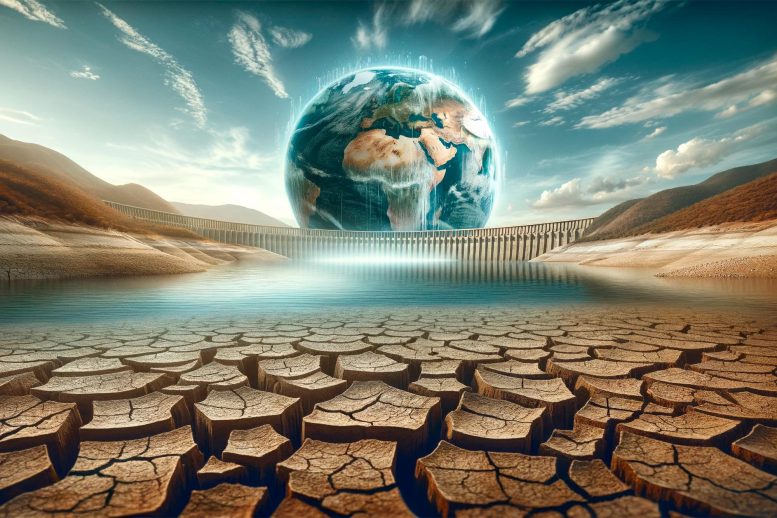Groundwater Depletion Accelerates Worldwide

Groundwater levels worldwide are significantly declining due to excessive pumping in many countries, including the U.S., which threatens future water security. This alarming decrease is fuelled by factors such as agriculture, climate change, and population growth, according to findings by researchers at ETH Zurich and UCSB. Despite a few instances of successful recovery, immediate worldwide action is required to correct this unsustainable use and avoid long-term environmental consequences.
The New York Times stirred attention in early November with a headline declaring "America is using up its groundwater as if there’s no tomorrow." The investigation published by the esteemed publication noted an alarming rate of groundwater extraction in the United States.
However, this issue extends beyond the U.S. According to Hansjörg Seybold, Senior Scientist in the Department of Environmental Systems Science at ETH Zurich and co-author of a study recently published in Nature, the rest of the world is also exploiting groundwater at an unsustainable pace. The study, conducted with UCSB researchers, supports the concerns raised by the journalists, establishing that over-extraction of groundwater is a global problem.
The research involved the painstaking task of compiling and analyzing data from over 170,000 groundwater monitoring wells and 1,700 groundwater systems spanning 40 years. This data reveals a serious fall in water levels in groundwater-bearing rock layers, or aquifers, across the globe since 1980, with an accelerated decline since 2000. This is particularly evident in the world's arid regions, such as California and the High Plains in the U.S., Spain, Iran, and Australia.
The research also aimed to explain this trend. Groundwater-fueled irrigation, particularly in arid regions, is one contributor to dropping groundwater levels. This is a common practice in areas like California's Central Valley. Moreover, population growth and the related agricultural demands, such as in Iran, play a significant role.
Climate change also intensifies this situation by creating drier, hotter conditions that require additional irrigation. Climate change-related decreases in rainfall also slow the recovery of groundwater resources. Extreme rainfall is also problematic since excessive water cannot be absorbed into the soil and replenish groundwater. This concern is particularly pronounced in heavily paved cities.
Despite these worrying findings, the study identifies a glimmer of hope. Co-author, Debra Perrone notes some aquifers have recovered following changes in policy or when alternative water sources are available for use or aquifer recharging.
A success story is the Genevese aquifer, a resource shared between Switzerland and France that saw a drastic level decline between 1960 and 1970 due to uncoordinated pumping efforts. The groundwater level was eventually stabilized, and even raised, through a bilateral agreement to artificially replenish the aquifer with water from the Arve River. Although the level has not returned to its previous state, the success story demonstrates that groundwater levels don't inevitably have to decrease.
The authorities have also had to take action in other countries: In Spain, a large pipeline has been built to carry water from the Pyrenees to central Spain, where it feeds the Los Arenales aquifer. In Arizona, water is diverted from the Colorado River into other bodies of water to replenish the groundwater reservoirs – although this does cause the delta of the Colorado River to dry up at times.
“Such examples are a ray of hope,” says UCSB researcher and lead author Scott Jasechko. Nevertheless, he and his colleagues are urgently calling for more measures to combat the depletion of groundwater supplies. “Once heavily depleted, aquifers in semi-deserts and deserts may require hundreds of years to recover because there’s simply not enough rainfall to swiftly replenish these aquifers,” Jasechko says.
There is an additional danger on the coasts: if the groundwater level falls below a certain level, seawater can invade the aquifer. This salinizes the wells, leaving the water that is pumped up unusable neither for drinking water nor for irrigating fields; trees whose roots reach into the flow of groundwater die. On the east coast of the US, there are already extensive ghost forests with not a single living tree.
“That’s why we can’t put the problem on the back burner,” Seybold says. “The world must take urgent action.”




